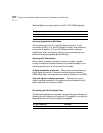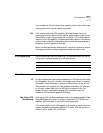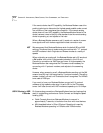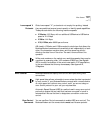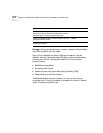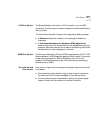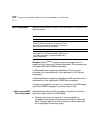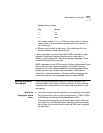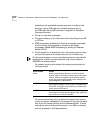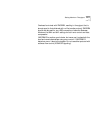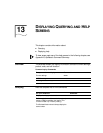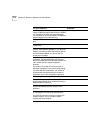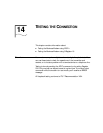
12-10
C
HAPTER
12: H
ANDSHAKING
, E
RROR
C
ONTROL
, D
ATA
C
OMPRESSION
,
AND
T
HROUGHPUT
Installations with specialized software may want to enable a fixed
serial port rate for ARQ calls and a variable serial port rate for
non-ARQ calls. See the &B2 command in Appendix B, Alphabetic
Command Summary.
■
The call is under data compression.
■
The data is made up of text files rather than binary files such as .EXE
or .ZIP files.
■
MNP5 compression is disabled for files that are already compressed,
and 8-bit binary files that appear to modems to be already
compressed. Disable MNP5 compressing by sending the Business
Modem AT&K3.
■
The file transfer is not slowed down by a file-transfer protocol. Many
non-text files require a file transfer protocol, but the results vary.
For the best throughput, on error-controlled connections only and with
hardware flow control, we recommend the most current version of
ZMODEM file transfer protocol.
For example, certain public domain file transfer protocols have the
following effects:
The protocols listed above further reduce throughput when an error
control connection is established. The accuracy of the data is checked
both by the file transfer protocol and the Business Modem. To avoid
redundancy, use the above protocols only for non-ARQ connections,
and only at speeds of 2400 bps and below.
Public Domain Effects
Kermit Newer versions support packets up to 9K and a sliding
window design to eliminate turnaround delay. With earlier
versions, however, throughput may be severely reduced
due to short block lengths (possibly under 128 bytes) and
acknowledgment turnaround time.
XMODEM Throughput may be reduced if your version uses short
block lengths (128 bytes). Some versions use larger blocks
(1K blocks). Throughput is also reduced by overhead (error
control protocol information).
YMODEM There is an improvement over XMODEM, due to larger
block lengths (1K bytes), but throughput is still reduced by
the protocol's error control overhead.



